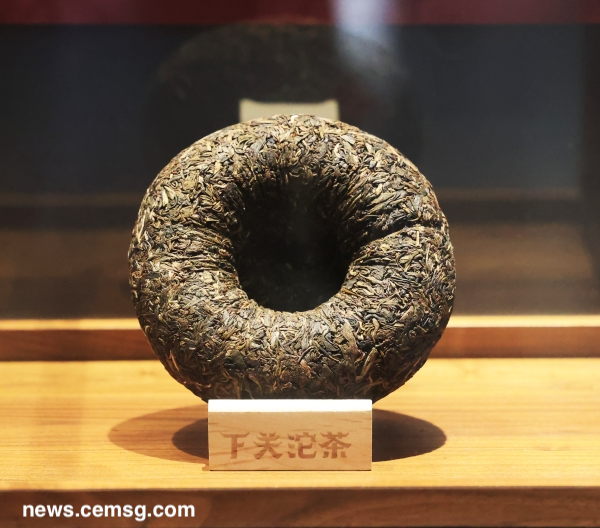Yunnan Xiaguan Tuocha

Pu'er tea is mostly in the shape of cake, which is easy to press, store and transport. But in Dali, Yunnan, there is a kind of pressed tea that looks like a steamed bun - Xiaguan Tuocha. What is the special origin of such a unique tea? How is the shape of the wowotou made? Follow our camera into the Xiaguan Tuo Tea House to find out.
It is understood that as early as 1902, Dali Xiaguan tea merchants improved and created the "Mound Tea" with a round outer surface and a concave inner surface based on the "Girls' Tuan Tea" made in the southern Yunnan tea area (Yunnan people are accustomed to lump-shaped tea. This special shape ensures that the tightly pressed tea balls have good air permeability, prevents mildew, and facilitates horse car transportation. Later, because it was mainly sold in the Tuojiang area of Sichuan, which has the reputation of "Tuojiang water, Xiaguan tea, high fragrance, rich taste and good quality", "Tuo tea" gradually evolved into "Tuo tea".
Nowadays, most Xiaguan Tuocha is produced using modern production lines, but you can still see the traditional tea-making technique in the traditional tea-making technique display area of Xiaguan Tuo Teahouse. One hundred grams of tea leaves were weighed. After steaming and kneading, they came to the tea pressing process. This is also a key step in shaping the tea leaves. "Brother A Peng" wearing Bai ethnic costumes placed the tea leaves in the middle of the wooden tea pressing stool. In the mold, sit at the back end of the stool and use the lever principle to press the tea leaves into shape. Finally, take it out to dry, and the Tuocha in the shape of a steamed bun is completed.